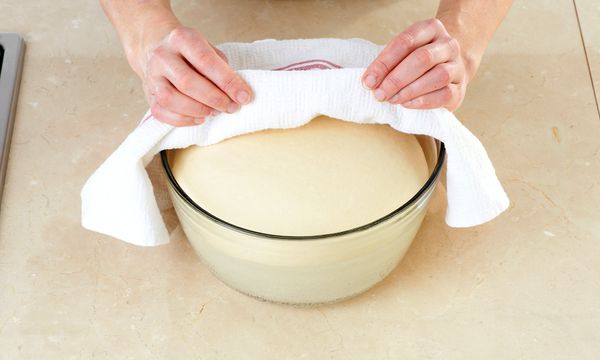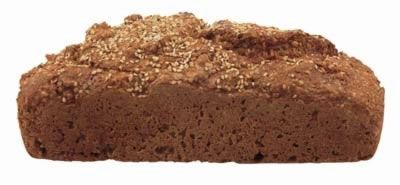
As panic-buyers scoop up everything from toilet paper to oat milk, one unexpected item is now also tough to find: yeast. This fungus may not be a pantry staple for the masses, but for the growing number of self-isolating bread bakers — a population that likely spiked between March and April, according to Google Trends — yeast is an absolute must-have.
But with sourdough bread, you don't need store-bought yeast. Sourdough bread requires wild yeast, which you get from a sourdough starter — a fermented dough with wild yeast and lactobacilli bacteria. Many people get sourdough starters from friends or family — there are stories of sourdough starters being passed down for generations. But you don't have to get a starter to enjoy fresh-made sourdough bread; you can easily make one at home.
Advertisement
How? Simply harvesting the wild yeast from the flour. When you let a flour-water mixture sit around for several days, that wild yeast will activate by feeding on the sugars present in flour.
To make a sourdough starter you need three simple things: flour, water and time. The latter is why so many are jumping on the bread-baking bandwagon now. Bakers need daily time at home to "feed" the starter every day for about a week — and time at home is perhaps the only COVID-19 constant.
Advertisement

